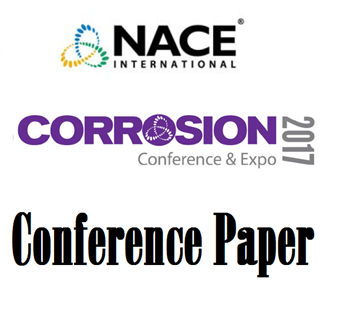Search
Utilizing Temperature and Humidity Sensors in Developing Corrosion Prevention Strategies
Also Purchased
Zinc-Nickel Nanolaminate – Advanced Coating for Bolt Corrosion Control
Product Number:
51317--9220-SG
ISBN:
9220 2017 CP
Publication Date:
2017
$20.00
What’s Wrong With ASTM G48 Qualification Test in Duplex SS Welds?
Product Number:
51319-13118-SG
Publication Date:
2019
$20.00
Using a Computational Galvanic Model in a Fracture Mechanics Framework to Improve Material Degradation Prediction
Product Number:
51321-16509-SG
Publication Date:
2021
$20.00




